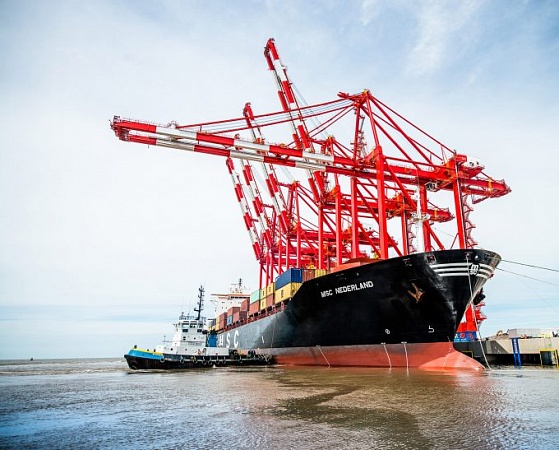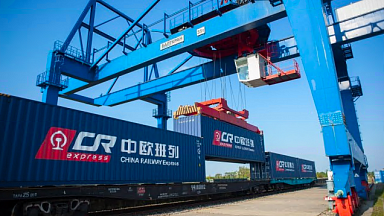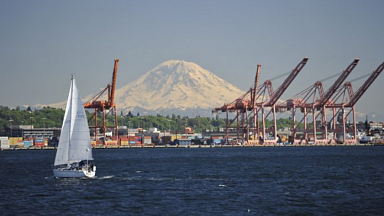The service, which deploys five vessels with an average capacity of 5,300 teu, has a port rotation of Antwerp-Rotterdam-Bremerhaven-Liverpool-New York-Savannah-Port Everglades-Charleston, and the next scheduled sailing to depart Antwerp is currently week 29.
«The services are expected to resume subject to improved market demand, to which we will inform you in due course. Maersk will continue to review the demand picture and will continuously adjust deployed capacity to match,» the line said.
«We will be ensuring the impact to our customers is minimised by rebooking the cargo to best available product, as there is sufficient capacity available via these alternative services in light of the current environment, and it has been decided that ports inducement will take place on the corresponding services to ensure the continuity of current coverage with minimal disruption,» it added.
The shippers that will lose out most are UK exporters that use the port of Liverpool as the exit point for US shipments, as the 2M’s blanked sailings means the remaining only direct link with the US east coast is on Atlantic Container Line’s weekly A service that deploys five 3,800 teu vessels.
According to eeSea data, Hapag-Lloyd charters around 20% of the slots on the ACL service.
For UK transatlantic customers of the 2M, there is a weekly departure from Felixstowe on the TA2/NEUTAL2.
eeSea provided additional data to The Loadstar which shows that, between the beginning of April and the end of June, some 10% of total westbound capacity — 21 of 222 scheduled sailings — between Northern Europe and North America east coast has been removed by carriers.
In terms of slot capacity, the reduction is similar, 6% of the trade’s teu capacity in April, followed by 14% in May and, so far, an advertised 10% reduction this month.
However, the capacity cuts on the trade are not across the board and, according to eeSea, it is the largest carriers that appear have taken the most drastic action
Of the 21 blanked sailings between April and 11 June, most were by the 2M — 10 were the suspended TA4, while the TA1/NEUTAL1 blanked one sailing in April.
Meanwhile, THE Alliance blanked six sailings in a more ad hoc fashion, often labelled as part of a vessel maintenance scheme, and were spread over the course of the three months and across its four transatlantic services.
The Ocean Alliance blanked just two sailings during the period on its two services, while just two of the 92 non-alliances services were blanked — one on CMA CGM’s round-the-world RTWPAN and one on the OOCL/Hapag-Lloyd GEX2/AT2, both in May.
Independent carriers such as ACL and Independent Container Lines (ICL) have yet to blank a voyage — in contracts, ICL recently expanded its service network to include a new call at the Irish gateway of Cork.
And it would also appear from the data that non-alliance services on the trade are gradually gaining market share from the three major alliances. In January the market share of non-alliance services was estimated by eeSea at 56%, forecast to increase to 60% by August. This will depend on further blankings — currently, 11 have been announced for July.
«There are a few Q3 cancellations, but we’re expecting more, of course,» said eeSea founder Simon Sundboell.




